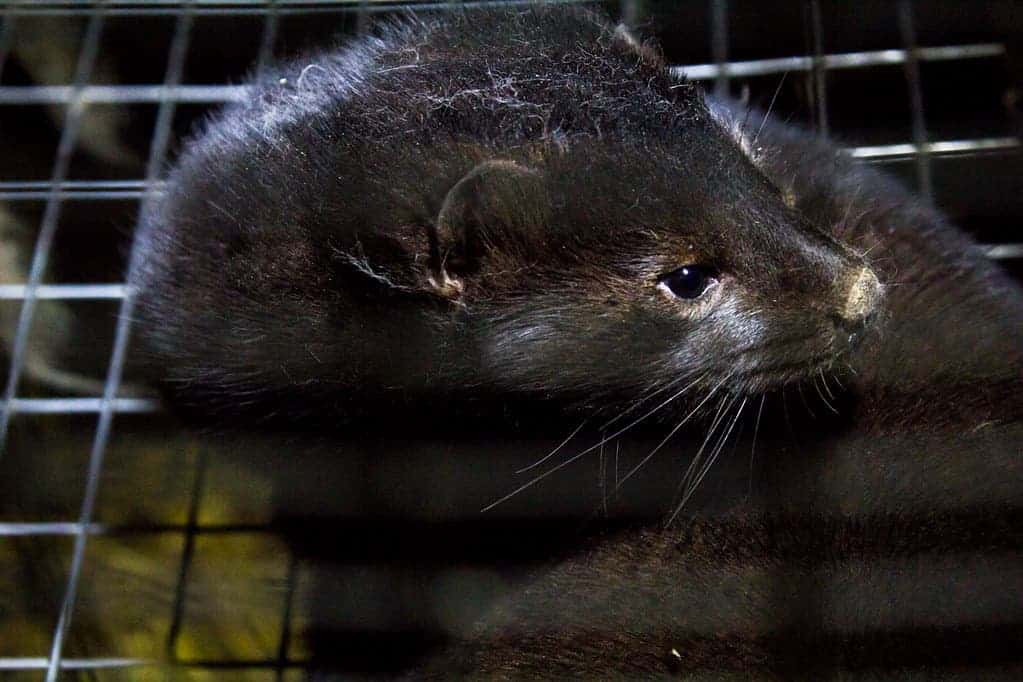The Covid-19 mutation that was moving from mink to humans in Denmark is “very likely extinct,” according to the country’s health minister.
The cull of the country’s mink is now over but worries remain across Europe, with France and Sweden also detecting the variation of the novel coronavirus.

Earlier this month, Danish Prime Minister Mette Frederiksen announced that all the country’s 17 million mink would be slaughtered after a report by one of the country’s health bodies, which warned over a mink variant of the Sars-CoV-2 virus – which was harder to neutralize by antibiotics and could be a threat to the efficacy of the upcoming vaccines.
But the government was forced to backtrack on its order and make the cull voluntary, admitting it had no legal basis to enforce it. Denmark is the world’s biggest mink producer and mink farmers have questioned the handling of the crisis, leading to the resignation of the agriculture minister.
Now, a statement from the Danish Health Ministry said the variant of the novel coronavirus, called C5, hasn’t been found since September 15th. This means it has “likely died out.” The announcement was largely welcomed by scientists, who said the prevalence of the variant was never that high to begin with.
University College London Genetics Institute head Francois Balloux told The Guardian: “Concerns over Cluster 5 may have been overestimated at the time but the cull wasn’t unjustified. The mutation was not really the justification for me. It was the large mink reservoir of Covid-19. Minks can escape regularly.”
Microbiologist Prof. Joanne Santini said the announcement meant the Danish had successfully contained its transmission. Still, she was cautious due to the lack of precision from the government. The variant of the virus may have died naturally or due to culling the mink and quarantining the infected people, it’s still not clear yet.
Since the outbreak, about 10 million animals of 288 infected herds have been killed in Denmark, according to government estimations. This means the country’s fur industry has been severely affected, with 6,000 jobs at risk.
“It is a de facto permanent closure and liquidation of the fur industry,” said Danish Mink Breeders Association chairman Tage Pedersen in a statement. “This affects not only the mink breeders but entire communities.”
While the mutation of the virus might be extinct in Denmark, that’s not necessarily the case in other European countries. Sweden reported last week that a number of Covid-19 cases had been confirmed in people who work in the mink industry. They are now looking at a potential link between the infected minks and the infected people.
In France, the SARS-CoV-2 was detected in a mink farm for the first time, killing 1,000 animals to contain the spread. Of the four mink farms in France, one – in the Eure-et-Loir – has been contaminated. A second farm that was suspected of contamination is said to be as-yet “intact” as the government awaits results on the other farms.
“At this stage, these analyses allowed us to reveal that the virus was spreading in a farm in Eure-et-Loir. As soon as we knew the results of these tests, the ministers concerned ordered the total slaughter of the 1,000 animals still at the farm, and the elimination of all the products from these animals,” said the France health and safety agency in a statement.






